[blog] [photos] [random post] [about/contact] [quotes] [other]
Review of Wolfe's The Electric Kool-Aid Acid Test
Background
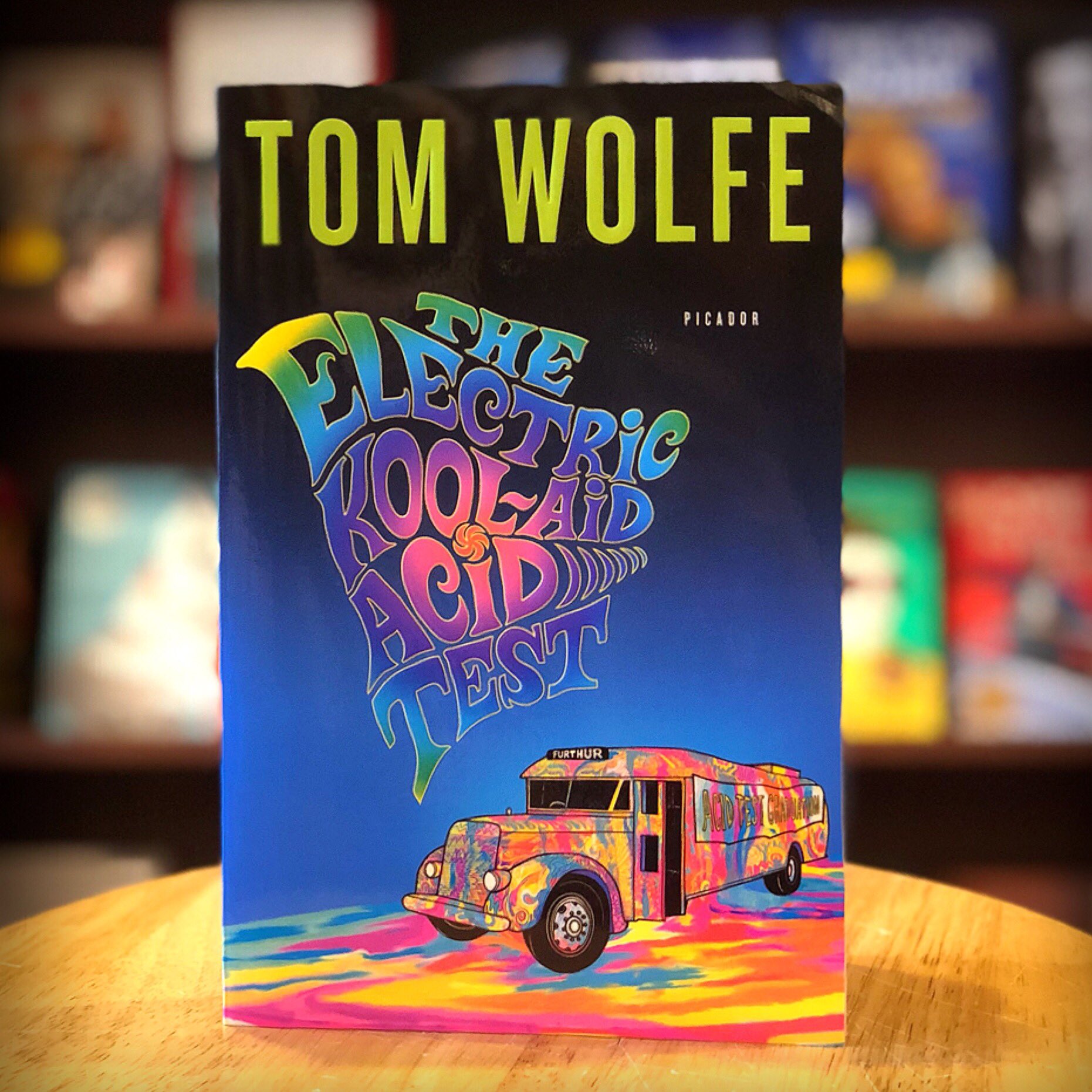
Tom Wolfe wrote The Electric Kool-Aid Acid Test in 1968. He began his career in 1958 as a regional journalist, moving 4 years later to the big city to work for the New York Herald Tribune as a general report and feature writer.
The book was one of his earlier works, and the subject matter let him express himself in a new style he was developing – New Journalism – a split from the factual, objective, and totally dry newspaper reporting he had worn out (or had it worn him out?).
He would go on to write numerous successful novels1, seeking to describe and document contemporary society "in the tradition of Charles Dickens, Emile Zola, and John Steinbeck" through the lens of the New York hip crowd/high society.
Kesey Sets Off for Edge City
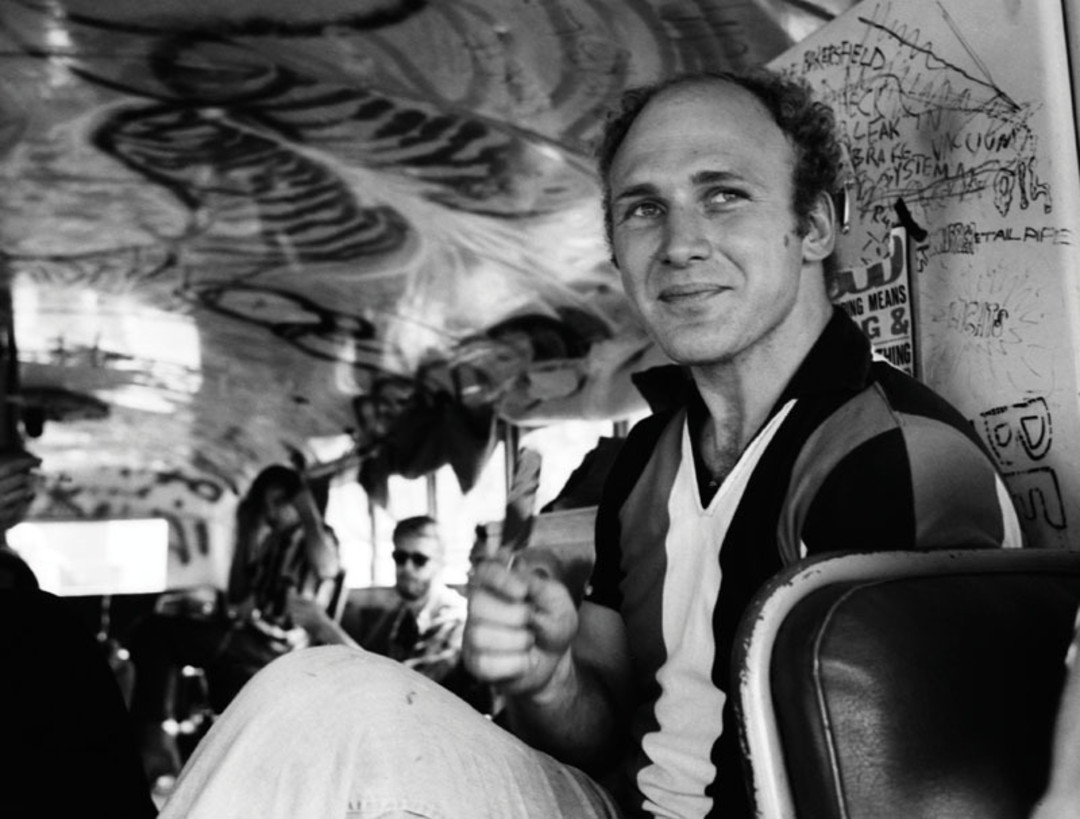
The Electric Kool-Aid Acid Test follows the adventures of Ken Kesey, the intrepid pioneer leading his band of explorers into “Edge City” – a state of mind, and a way of living, designed by Kesey and his group to test the social and psychological limits of 1960s America.
Kesey was the virile, charismatic author best-known for his 1962 cult-classic-turned-contemporary-high-school-staple One Flew Over the Cuckoo’s Nest. Per Wolfe’s description:
He had been voted “most likely to succeed” at his high school in Springfield, Oregon, and had graduated from the University of Oregon, where he was all involved in sports and fraternities, the All-American Boy bit. He had been a star wrestler in the 174-pound class and a star actor in college plays. He had even gone to Los Angeles after he finished college, and knocked around Hollywood for a while with the idea of becoming a movie star. But the urge to write, to create, had burst up through all this thick lumpy All-American crap somehow, like an unaccountable purslane blossom, and he had started writing…
Kesey attended Stanford in 1958 on a writing scholarship, then moved into a little shack on Perry Lane, Stanford’s Bohemian quarters, where the comfortable sophisticates went to “shak[e] their heads over America’s tailfin, housing-development civilization, and Christ, in Europe, so what if the plumbing didn’t work, they had mastered the art of living. Occasionally somebody would suggest an orgy or a three-day wine binge, but the model was always that old Zorba the Greek romanticism of sandals and simplicity and back to first principles. Periodically they would take pilgrimages 40 miles north to North Beach to see how it was actually done.”
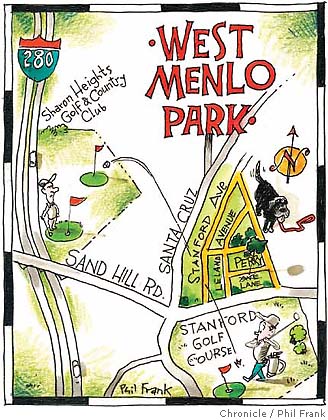
The Perry lane crowd looked at Kesey as a beautiful object, a diamond-in-the-rough, salt of the earth man with access to a life they could admire, but would never be able (or want) to live. Kesey saw through this crap on Perry Lane and started to hang out with a psychology student named Vic Lovell, who introduced him to Freud and informed him of new experiments the Veterans Hospital in Menlo park were running with “psychomimetic” drugs that were supposed to bring on temporary states resembling psychosis.
Wolfe describes the mindstate of the 1960s youth that would willingly volunteer for this sort of Edge City experiment in his burgeoning New Journalism style:
But of course!---the feeling---out here at night, free, with the motor running and the adrenaline flowing, cruising in the neon glories of the new American night---it was very Heaven to be the first wave of the most extraordinary kids in the history of the world---only 15, 16, 17 years old, dressed in the haute couture of pink Oxford shirts, sharp pants, snaky half-inch belts, fast shoes---with all this Straight-6 and V-8 power underneath and all this neon glamour overhead, which somehow tied in with the technological superheroics of the jet, TV, atomic subs, ultrasonics---Postwar American suburbs---glorious world! and the hell with the intellectual bad-mouthers of America’s tailfin civilization…They couldn’t know what it was like or else they had it cultivated out of them---the feeling---to be very Superkids! the world’s first generation of the little devils---feeling immune, beyond calamity. One’s parents remembered the sloughing common order, War & Depression---but the Superkids knew only the emotional surge of the great payoff, when nothing was common any longer---The Life! A glorious place, a glorious age, I tell you! A very Neon Renaissance---And the myths that actually touched you at that time---not Hercules, Orpheus, Ulysses, and Aeneas---but Superman, Captain Marvel, Batman, The Human Torch, The Sub-Mariner, Captain America, Plastic Man, The Flash---but of course! On Perry Lane, what did they think it was---quaint?---when he talked about the comic-book Superheroes as the honest American myths? It was a fantasy world already, this electro-pastel world of Mom&Dad&Buddy&Sis in the suburbs. There they go, in the family car, a white Pontiac Bonneville sedan---the family car!---a huge crazy god-awful-powerful fantasy creature to begin with, 327 horsepower, shaped like twenty-seven nights of lubricious luxury brougham seduction---you’re already there, in Fantasyland, so why not move off your smug-harbor quilty-bed dead center and cut loose---go ahead and say---Shazam!---juice it up to what it’s already aching to be: 327,000 horsepower, a whole superhighway long and soaring, screaming on toward…Edge City, and ultimate fantasies, current and future…Billy Batson said Shazam! And turned into Captain Marvel. Jay Garrick inhaled and experimental gas in the research lab…
Kesey Meets Acid
Kesey first took Lysergic Acid Diethylamide (AKA LSD, AKA acid) in late 1959 at age 24 and was instantly fascinated, bringing LSD, mescaline, and IT-290 back with him to Perry Lane from the lab trials, and suddenly coming on “with a lot of vital energy”. By night he worked in a psychiatric ward and saw into the faces and lives of the patients with the help of psychedelics, writing many passages for One Flew Over The Cuckoo’s Nest while high – even having a friend give him shock treatment in secret to write a passage when Chief Broom comes back from “the shock shop”.
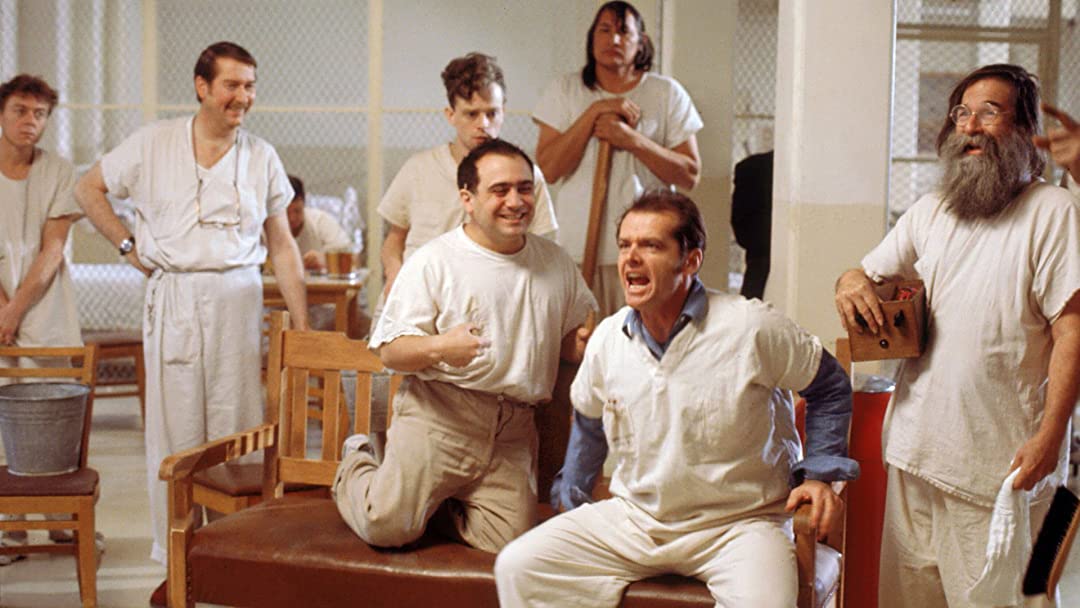
He had two kids with his wife Faye, moved to Oregon, then moved back to Perry Lane and started going deeper into psychedelics. He became an intellectual giant instantly in 1962 with the publication of One Flew Over The Cuckoo’s Nest and in 1963, after being evicted by a developer that had purchased Perry Lane, moved further towards Edge City when he set up a new residence La Honda, 15 miles out of Palo Alto. He ran a lodge-type home with his wife Faye and commenced to writing his second novel, Sometimes a Great Notion, and suddenly the pioneers began to show up…
George Walker, Sandy Lehmann-Haupt, Kenneth Babbs, Mike Hagen, Gurney Norman, and Neal Cassady were among the first. Cassady, the infamous wandering subject of Jack Kerouac’s book On the Road, and wanted intellectual communion with the hip “genteel little pudding kids” and Kesey loved the honesty of these Low Rent characters that scared the Perry Lane crowd. La Honda became a new mecca for those seeking to push further.
With a nucleus forming around Kesey, he decided to pull his first big prank, and bought a 1939 Harvester school bus to retrofit for the group’s first foray “Furthur”, painting and rigging it up with all sorts of audio equipment…so that “they could go through the face of America muddling people’s minds, but it’s a momentary high, and the bus would be gone, and all the Fab foam in their heads would settle back down into their brain pans”. The cops couldn’t do much since the bus was up to code, and LSD was still legal at the time.
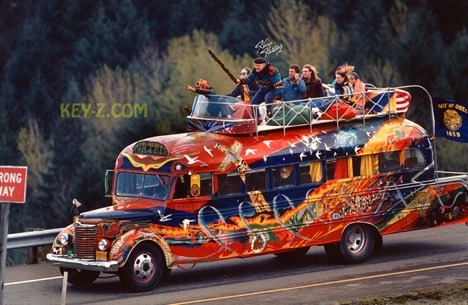
Cassady drives the crew across the country to New York, picking up free spirits and losing passengers to mental breakdowns as they go. They struggle with Kesey’s challenge for everyone to be “out front all the time”, and the drugs and noise and bumping and jerking drives everyone up the walls. The only thing to do is keep going forward, motion sustaining the entire venture.
Finally they reach New York and meet up with the great acid questers of the east, Timothy Leary and his group, The League for Spiritual Discovery, in Millbrook NY. Leary had been hounded out of Harvard and Mexico at this point, and the Pranksters thought they would find brothers in arms, but instead found a crypt full of too-cool meditative intellectuals. What a letdown...
They head back West, pick up and lose a few more adventurous souls, and finally arrive at the Esalen Institute up in Big Sur, four hours south of La Honda. Fritz Perls, a Gestalt2 psychologist, was running “Now” sessions and getting people together to document what their senses were taking in “Now”, or to discuss their feelings in the moment instead of hiding behind thoughts of the past or expectations of the future. The pranksters show up and do their thing – rapping and pranking and the occasional psychotic breakdown, before retreating back to La Honda to plan their next adventure.
New Friends, New Enemies, End of the Road
Wolfe goes on to describe the Prankster’s various adventures – pioneering experiments with audio/visual equipment, forming an unlikely alliance with the biker gang the Hell’s Angels, pissing off the cops repeatedly, taking over a Unitarian conference and corrupting the youth, taking over a Berkeley anti-Vietnam-war rally and corrupting the message, trying to get the Beatles over to La Honda, getting busted for possessing weed, throwing LSD-fueled parties called “Acid Tests”, and generally pushing people’s boundaries to the point of bending, or in most cases, breaking.
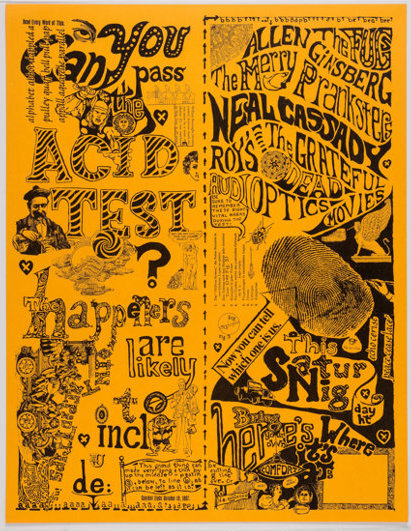
Although LSD is still legal throughout these adventures, Kesey is caught with marijuana once, then again, and gets a five year sentence with no possibility of parole, since it’s his second offense. He attends one final Acid Test then decides to fake his own death and escape to Mexico. He gets across the border but word soon circulates that he is in Puerto Vallarta, and he escapes back into the US through Texas.

Kesey runs around SF for a bit, trying out a new theory of going “beyond acid” by trying to find out where you are on acid, then getting there without the drug, but nothing much comes of this new idea.
Finally the feds catch him again and he’s facing 3 felonies – 2 for weed possession and 1 for fleeing prosecution. In court, Kesey frames his return as part of his project to stop the acid revolution he has started, to go “beyond acid” and put an end to the Acid Tests once and for all – and it works, the judge grants him bail and the FBI drops the Federal flight charge against him.
Kesey holds one final “Acid Graduation” and hands out diplomas at the party, then the core group of Pranksters dissolves. The acid fashion in the West goes the way of Leary and the East – silent, calm, inward meditations instead of a crazed drive towards the edge.
There is no glue holding the Pranksters together anymore, it starts to fracture, and when Kesey is sentenced to six months on a work farm, a $1,500 fine, and 3 years probation – it falls apart. The other go off to Mexico, Los Angeles, or San Francisco to live in communes or wander. Kesey returns to his family home in Oregon with Faye and their children. Cassady dies in Mexico after two weeks of fast living, and thus ends the great Prankster experiment.
As one Prankster puts it while they’re at the end of the road, reminiscing on past adventures, “It’s great to be a part of the greatest jackoff in history.”
"Beautiful People"

After introducing us to these manic, vibrant characters, Wolfe makes an astute observation of the youth and the movement they attract around them that holds some truth today:
They had no particular philosophy, just a little leftover Buddhism and Hinduism from the beat period, plus Huxley’s theory of opening doors in the mind, no distinct life style, except for the Legless look…They were…well, Beautiful People!---not “students,” “clerks,” “salesgirls,” “executive trainees”---Christ, don’t give me your occupation-game labels! we are Beautiful People, ascendent from your robot junkyard :::::: and at this point they used to sit down and write home the Beautiful People letter…I got to know the Beautiful People letter by heart. It went:
"Dear Mother,
"I meant to write to you before this and I hope you haven’t been worried, I am in [San Francisco, Los Angeles, New York, Arizona, a Hopi Indian Reservation!!!! New York, Ajijic, San Miguel de Allende, Mazatlán, Mexico!!!!] and it is really beautiful here. It is a beautiful scene. We’ve been here a week. I won’t bore you with the whole thing, how it happened, but I really tried, because I knew you wanted me to, but it just didn’t work out with [school, college, my job, me and Danny] and so I have come here and it is a really beautiful scene. I don’t want you to worry about me. I have met some BEAUTIFUL PEOPLE and…”
The beautiful people of today are still just as lost, searching further than Mexico, and experimenting with more than dope - there's no end to the addictive substances and "cool" niches to explore in today's globalized world. But make no mistake, they are still dropping out, or perhaps just not fitting into the society they're (slowly) inheriting.
Summary & Thoughts
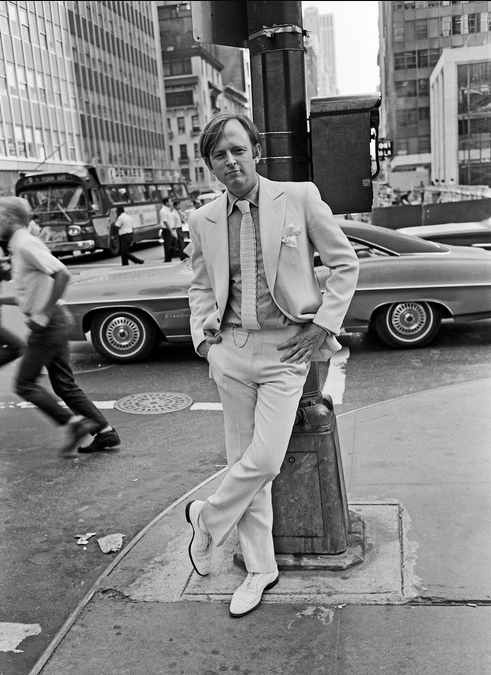
Wolfe states that he never took acid while documenting the Prankster’s exploits or writing the book, and I believe him. His descriptions and prose, while creative and boundary-breaking in their freeform style and wild content matter, lack acid depth - or not depth so much, as authority, as almost any attempt to capture acid ideas in words comes off as shallow and trite.
This is a serious, nearly-fatal flaw, and is only partially salvaged by the fact that his outsider viewpoint frames the whole adventure as something more serious, something worth writing about because a professional, non-believer, non acid-head was sucked into the subject matter and wrote about it with such vigorous energy.
He pushes literary boundaries with snippets of poetry, song, run-on sentences, excited prose – but it’s clear that he doesn’t really understand what’s going on beneath the dazzling, romantic aesthetics of the movement.
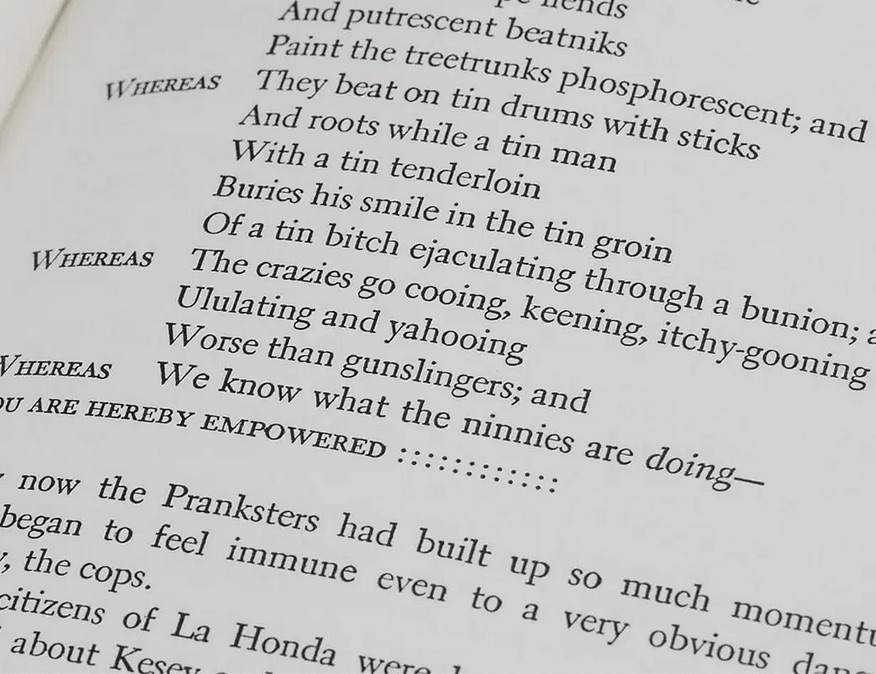
Wolfe borrows the best description of acid in the book from Clair Brush, a young journalist in Los Angeles who covered the infamous 1966 Watts Acid Test for the LA Free Press. She shares the most lucid observations of her experiences on LSD after drinking from the huge vat of dosed "Electric" Kool-Aid set out by the Pranskters for everyone to share:
“Suddenly I began to laugh…and laugh…and the laugh was more primitive, more gut-tearing, than anything I had ever known. It came from somewhere so deep inside that I had never felt it before…and it continued…and it was uncontrollable…and wonderful.”
“There was much activity in the large room. People were dancing and the band way playing---but I couldn’t hear them. I can’t remember a note of the music, because the vibrations were so intense. I am music-oriented---sing, play instruments, etc.---which is why this seems unusual to me. I stood close to the band and let the vibrations engulf me. They started in my toes and every inch of me was quivering with them…they made a journey through my nervous system…traveling each tiny path, finally reaching the top of my head, where they exploded in glorious patterns of color and line”
“I went back inside and found the man whose face was painted half gold and half silver, with a bushy head of curly hair, who had seemed earlier to be frightening and strange” ---this was Paul Foster---“and looked at him and understood. The costumes of the Merry Pranksters had seemed bizarre, and now they were beautiful and right…A great flash of insight came to me. I’ve forgotten it now, but there was one instant when everything fell into place and made sense, and I said aloud, ‘Oh, of course!’ …why didn’t I see all this before, why couldn’t I have realized all these things and not resisted them so much. That didn’t last, and hasn’t recurred.”
Wolfe’s squareness is probably what led to the book’s accessibility and widespread acclaim when it first came out – square peg for a square hole. It has just the right amount of weird-but-straight, taking huge liberties with style and narrative for an exposé. Wolfe is also undeniably a metaphor master and cooks up (or borrows) some great imagery to describe otherwise mundane thoughts.
I just wish Wolfe could have been somewhere near Kesey’s level when writing this book, to ask the right questions and get closer to the elusive answers of what was driving Kesey to Edge City, why he took the path he did, what insights he discovered along the way.
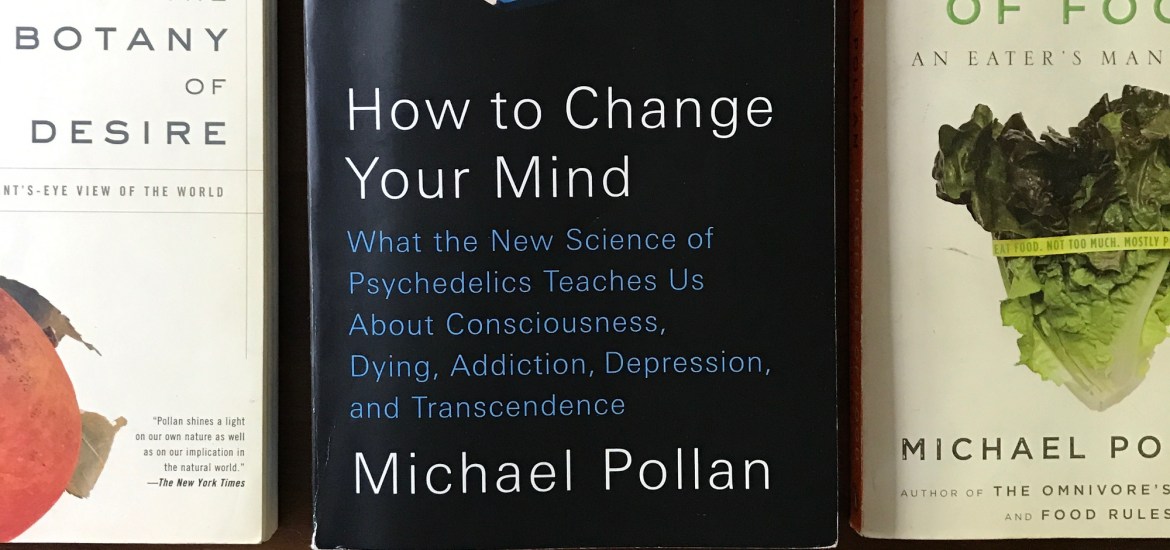
Michael Pollan is such an excellent journalist because he is willing to take the journey and truly engage with his subject matter, as exemplified in Omnivore's Dilemma and How to Change Your Mind - Wolfe wasn't willing to roll his sleeves up and wade in, and the book suffers a lot for it.
The whole journey does come off as one big jack-off, and we only get a glimpse of the period’s most famous export – The Grateful Dead. We aren’t exposed at all to the seeds LSD planted within the fledgling computer science community in San Francisco. Wolfe doesn’t explore or really mention the productive avenues that the Pranksters lay down around them before burning out - it's clear he talked to and recounted a few stories from key figures, but wasn't a living, breathing part of the scene.
The Pranksters threw the prototypes of parties that are still aped in toned down fashion today in clubs across the world. Huge, loud sound systems you're meant to feel in your bones, with skilled DJs and visual artists syncing music to projections of flashing hypnotics or esoteric images.
This book is best treated as an imaginative historical account, stitched together from interviews of those who lived it, with shiny but shallow accents scattered throughout. It helps put things in context, but Huxley and Kesey’s philosophy and fiction strike much closer to truth and answering that burning question…so what?
Footnotes
-
His book The Right Stuff (1979) inspired astronaut Scott Kelly to become a navy test pilot, and later to set the record for the longest amount of consecutive time spent in space (one year aboard the ISS). His first novel The Bonfire of the Vanities (1987) is considered one of the most important novels of the 80s for capturing the dynamics of the finance “Masters of the Universe” and the racial zeitgeist of the big city. ↩
-
A movement in psychology founded in Germany in 1912, seeking to explain perceptions in terms of gestalts - physical, biological, or symbolic configurations or patterns of elements so unified as a whole that their properties can't be identified from a simple summation of their parts. ↩
[blog] [photos] [random post] [about/contact] [quotes] [other]

© Roy Murdock, All rights reserved.
